
There is a multitude of medical conditions that affect women, sometimes exclusively, such as ovarian cancer. Women’s health is a topic covered in great detail online and is something that has gained increased awareness in recent decades.
This post by Miskawaan Health, for example, covers 7 of the major health threats that women should be aware of. As you can see from that list, several of the threats are conditions that can affect both men and women. However, it’s worth noting that medical issues can affect men and women in different ways.
Even the symptoms of these diseases can manifest themselves in different ways. As mentioned before, some diseases only affect women, such as cervical cancer. Pregnancy is also something that is particular to women only; therefore pregnancy-related medical issues have the potential to only affect females.
It may surprise you to learn that women have a higher risk of heart attack than men. In the United States of America, a survey found that one in four women could have a heart attack and die of the same. Depression and anxiety are conditions that are more pronounced in women than in men, and women are also more susceptible to urinary tract diseases and sexually transmitted diseases. If you want to learn more about 10 health problems, every woman should know just continues reading this article.
10Heart disease
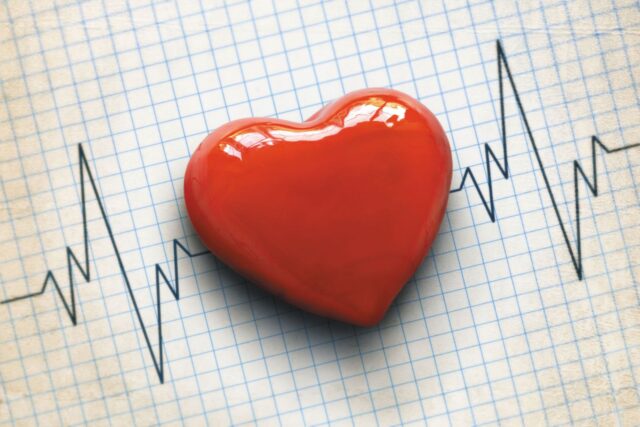
At the moment, heart disease causes one in four women’s deaths. High blood pressure can sneak up on you without any warning signs. If you don’t know your blood pressure numbers, make a doctor’s appointment to find out. If high blood pressure is an issue for you, learn everything you can about how to bring your numbers down. The goal is a reading of less than 120/80.
Diabetes also increases the risk of cardiovascular disease and heart failure two– to eightfold. If you have diabetes, your heart health depends on how well you manage your disease. Many people develop prediabetes without knowing it; if you haven’t had your blood sugar checked in a while, ask your doctor about it at your next appointment.
9Breast cancer
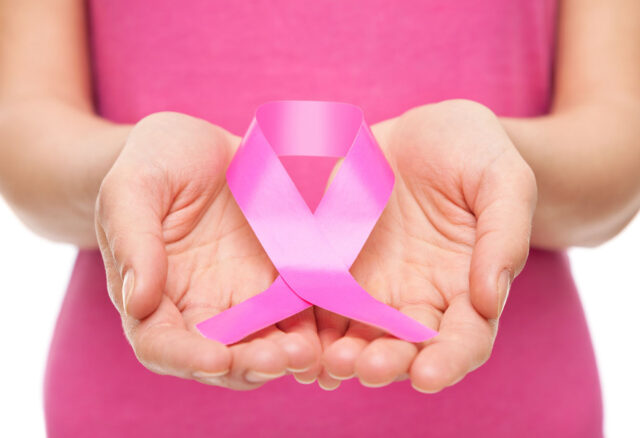
This is the most common and one of the most difficult types of rivers to attack women. It is precisely the highest mortality of the female population caused by this disease. This is a type of cancer that occurs on the mucous membranes of the mammary glands. Female breasts are prone to lumps, and many of these lumps are harmless, so women do not pay attention to them. But some of these lumps are malignant and can lead to a fatal outcome. To reduce the number of women suffering from breast cancer is first and foremost prevention. Regular breast self-examination and the visit of your chosen doctor can cure breast cancer if it is noticed on time.
8Ovarian and cervical cancer
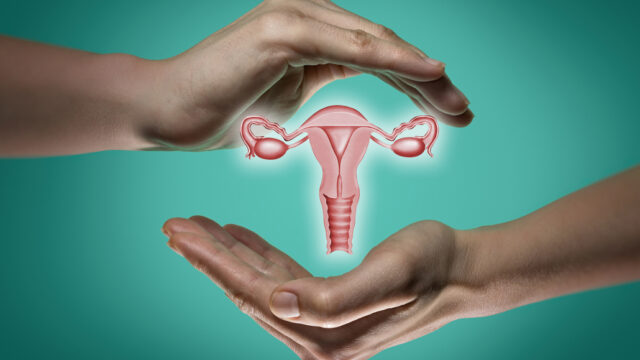
Here it is necessary to distinguish between ovarian cancer and cervical cancer because many women do not make a difference when it comes to this topic. Namely, cervical cancer can occur at the site of the lower uterus and can be detected by a Pap test, while ovarian cancer begins in the fallopian tubes. Both conditions that endanger women’s health have similar painful symptoms, except that people with cervical cancer experience pain during intercourse.
7Gynecological health

The menstrual cycle in women has several parts, and bleeding and discharge are a normal part of every cycle. If a woman has additional symptoms during her period, pain can be a signal of a disease. Frequent urination or bleeding between cycles is just some of these symptoms. Various vaginal problems can also indicate sexually transmitted diseases. Mild infections can be easily treated and should not be ignored as they can lead to much worse health complications later.
If you want to find out more about this topic, check Yourdoctors.online and learn more.
6Pregnancy issues

Pregnant women often have anemia or a disorder of red blood cells. Anaemia then causes depression, which can greatly impair women’s lives. The next major problem for women’s health is an ectopic pregnancy when the egg develops outside the uterus and must then be terminated.
5Autoimmune diseases
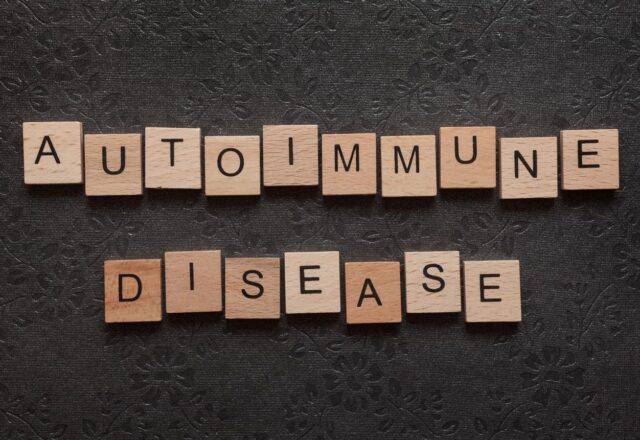
Autoimmune diseases are still a huge enigma for doctors and researchers, and one of the few known facts is that women are more affected by these diseases than men. These diseases are caused by the cells in our body that defend our body against, for example, viruses, begin to attack our healthy cells. Symptoms of autoimmune diseases are fatigue, dizziness, pain, and skin irritation.
4Osteoporosis
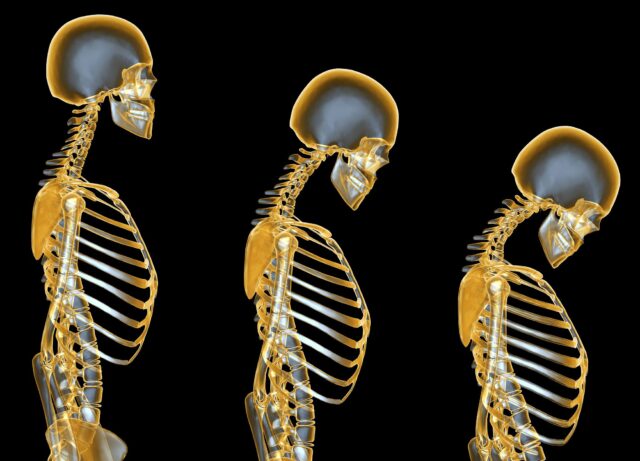
Osteoporosis is a disease that celebrates bones in women, and such weakened bones are very easy to break. Factors that influence osteoporosis are age, alcohol, genetics, smoking, and steroid consumption. A cure for this disease does not exist and can be diagnosed by measuring bone density and ultrasound or x-ray. Prevention is the best method to prevent this disease, which includes dietary supplements.
3Depression and anxiety

Hormonal changes can lead to depression or anxiety in women. Premenstrual syndrome only has women, and premenstrual dimorphic disorder has almost the same symptoms. A large number of mothers postpartum suffer from a specific form of depression. Perinatal depression can also occur where symptoms are expressed, sadness, fatigue, and sudden emotional changes.
2Hormonal imbalance

Sudden weight loss, insomnia, fatigue, irregular heartbeat, and indigestion are just some of the symptoms of rapid thyroid function. On the other hand, slow work of the thyroid gland leads to slow metabolism, skin problems (eczema, acne), irregular periods, and in more severe cases, causes infertility. Constant thirst, malaise, frequent variations in body weight indicates the onset of diabetes and impaired insulin secretion. The increased adrenal function causes increased secretion of male hormones, namely increased malnutrition, acne, increased libido, and menstrual disorders.
1Imbalance of female sex hormones

Symptoms of imbalance of progesterone and estrogen (female sex hormones) are hair loss, chronic fatigue, heat waves, insomnia, polycystic ovaries, fibroids, urogenital infections, slow metabolism, spontaneous abortion… aggressive behaviour and stressed urges, while decreased secretion of these hormones can cause infertility, decreased libido, hair loss, and muscle mass. In women, an elevated androgen level is responsible for the appearance of polycystic ovaries, increased sweating and malaise, and acne.
New technologies will soon emerge to help care providers treat women’s health conditions. Researchers have developed innovative medical treatments. Women can lower their risk of cancer and other common ailments with healthy habits and regular care visits. The prevention is half of the health. Click here to learn more about additional solutions for your symptoms.







